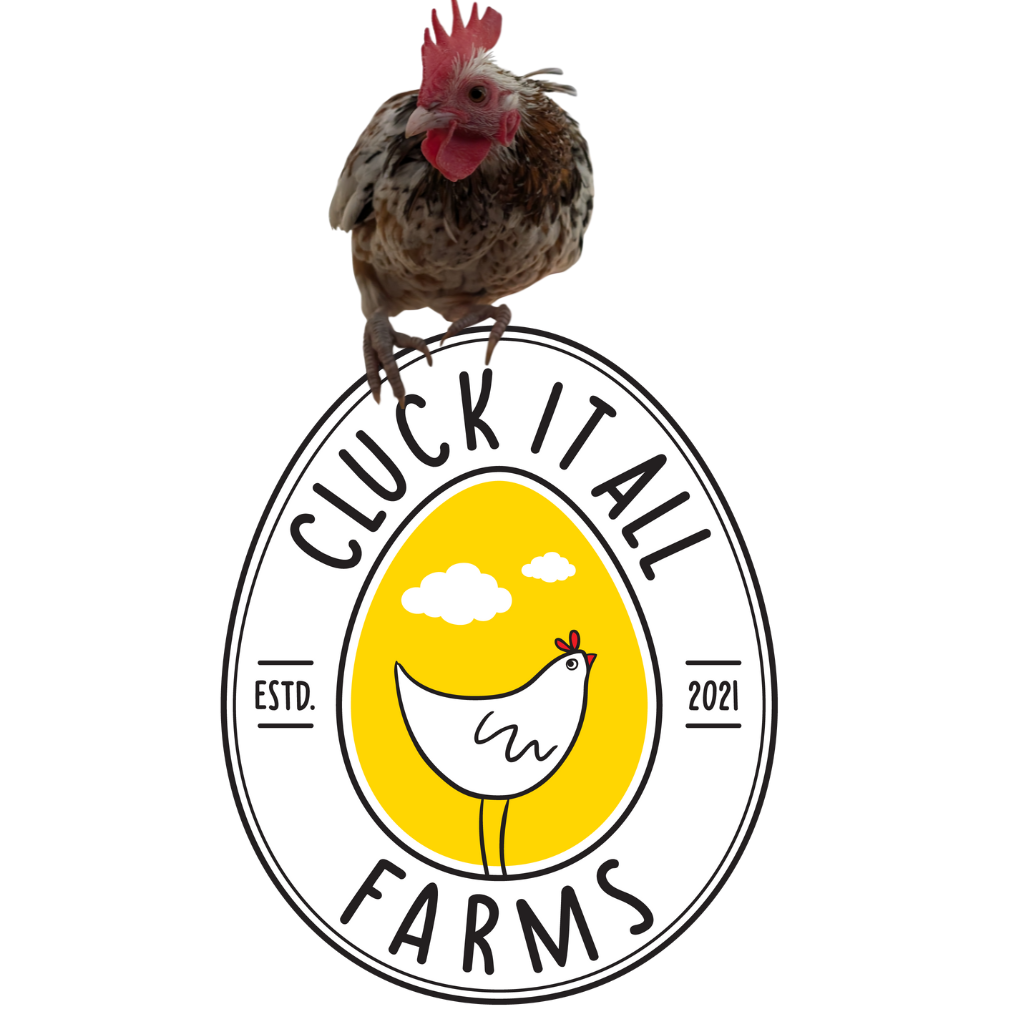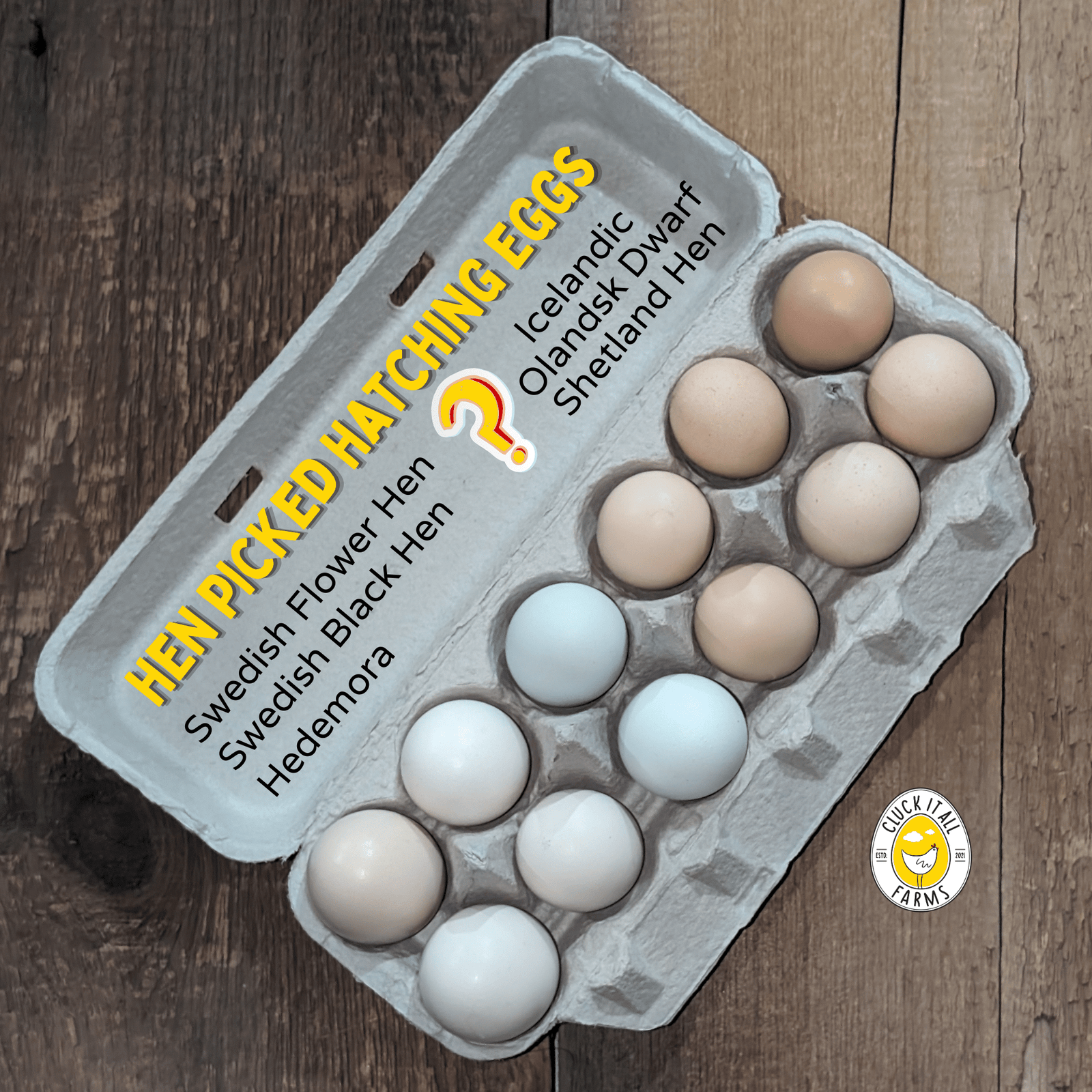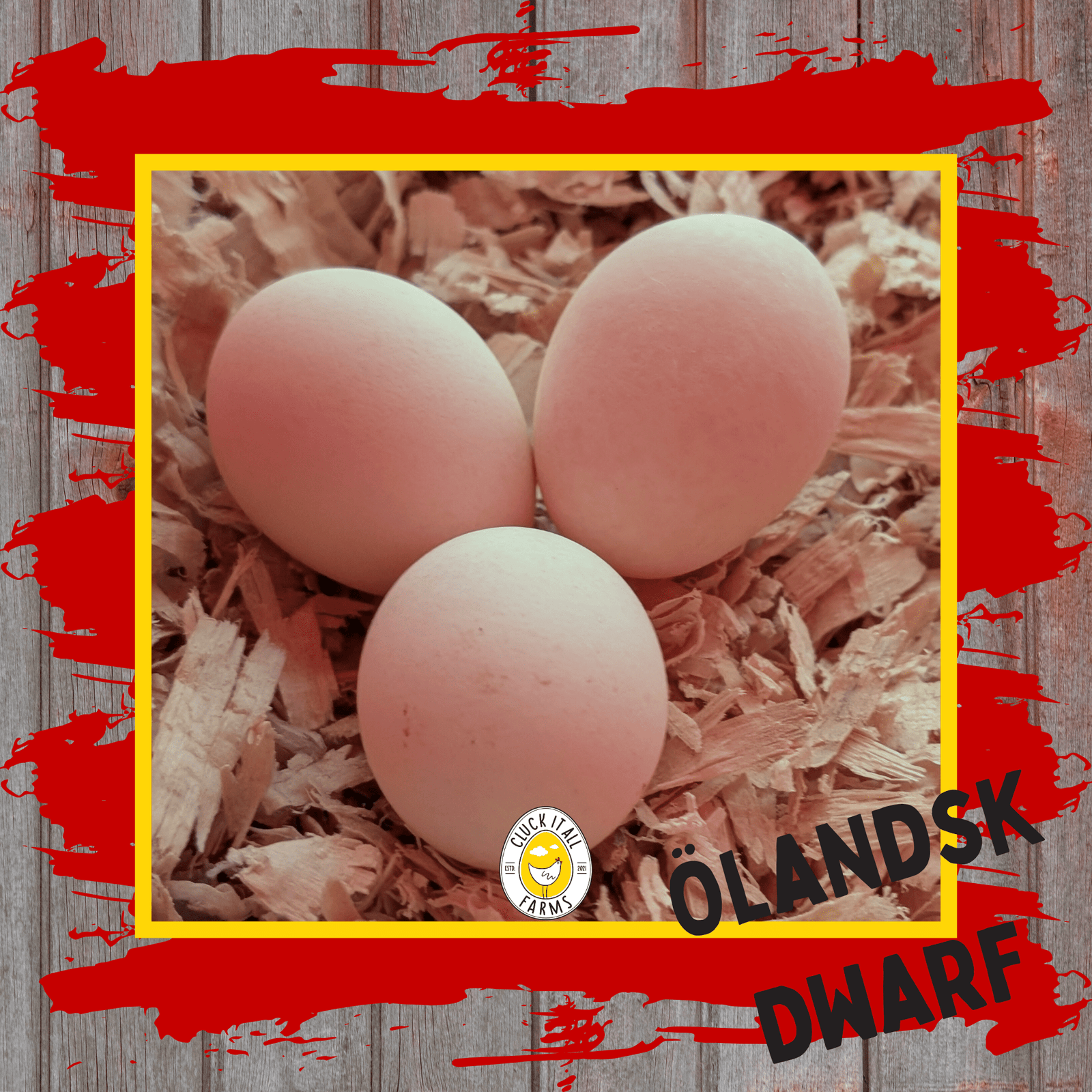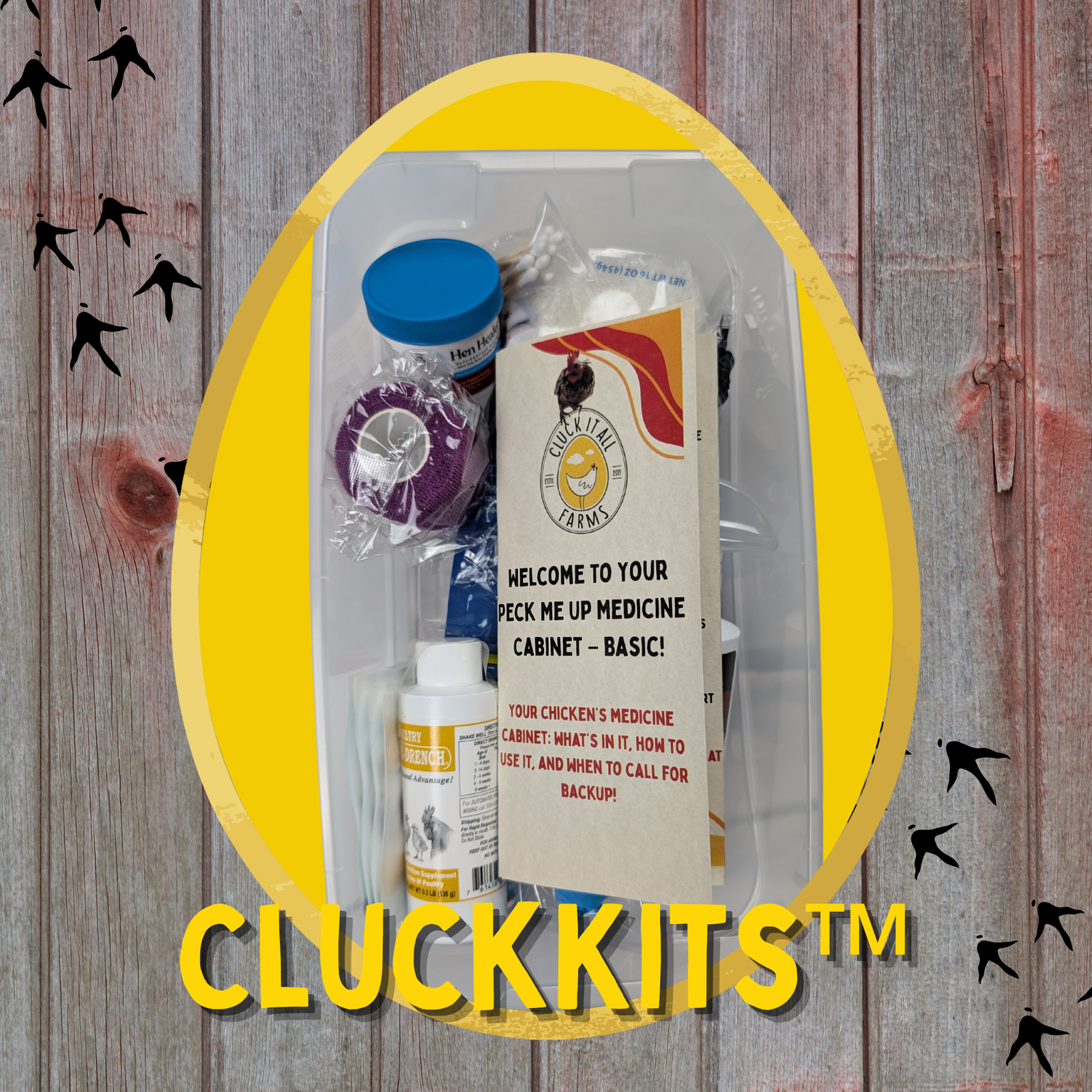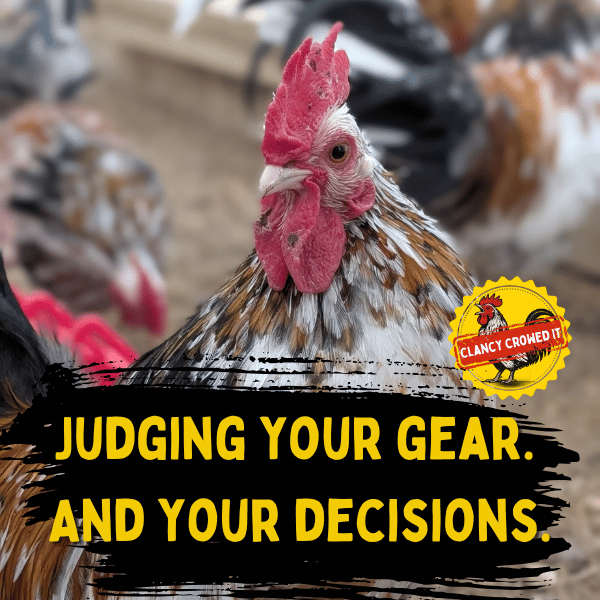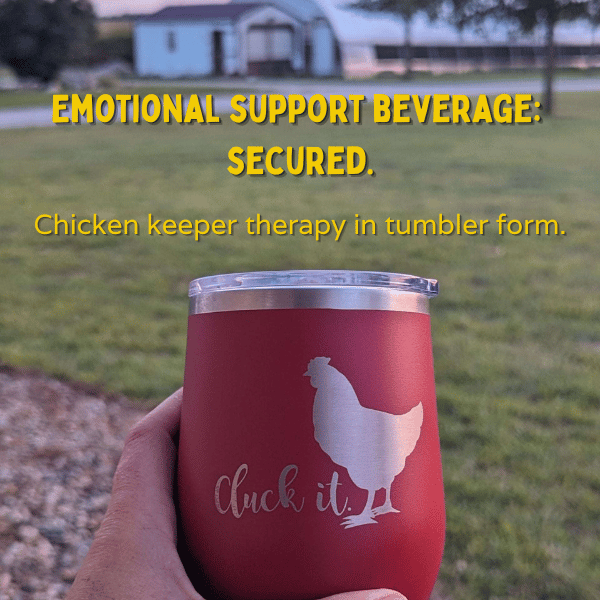Ahoy, chicken enthusiasts! Ever witnessed your usually majestic hens looking a little patchy or bare, causing your heart to skip a beat? Fear not! This is just nature taking its course through the amazing process of molting. As we navigate the wild and wonderful world of chickens, we’ll delve deep into the molting process, including its occurrence in chicks, the significance of the first adult molt, and why your egg supply might take a brief hiatus. Plus, we'll shed light on the sometimes debated practice of forcing a molt. Buckle up, and let's explore this feathered phenomenon together!
The Chicken Molting Process: An Annual Feather Fiesta
Molting, in simple terms, is the cycle where chickens replace their old, weary feathers with fresh, new ones. It's like hitting the refresh button on their wardrobe! This typically commences in late summer or early autumn, but breed, age, and health can impact the timing.
Early Beginnings: The Molting Journey Starts Young
Much like the fairy tale transformations of scruffy ducklings into elegant swans, our tiny chicks too embark on a similar journey. It might come as a surprise that the molting process starts when the chicks are just babies!
-
The "Chick" Molt: This first molt begins when the chicks are around 1-2 weeks old. They shed their soft downy fluff and start growing their first true feathers. The transition is often so seamless, you may miss it if you blink!
-
The "Juvenile" Molt: The chicks are now 6-8 weeks old and ready for their second molt. This is when they shed some of their initial feathers and start sprouting larger, more mature ones.
-
The "Teenage" Molt: Finally, around the age of 12-16 weeks, the chicks undergo their third molt. They shed the remaining baby feathers and grow a full set of adult feathers. Voila! They now resemble miniature versions of adult chickens!
Feathered Adulthood: The First Big Molt
The journey to feathery adulthood begins when the chickens are around 16-18 months old, marking the onset of the first adult molt. This significant molting event represents their transition from being young pullets or cockerels into fully mature hens or roosters. The old, worn-out feathers are shed, and a brand-new plumage is grown, paving the way for their productive adulthood.
The molting process, lasting anywhere from a few weeks to several months, usually follows a set pattern:
-
Soft Molt: In this initial stage, chickens lose a few feathers around the head and neck. This can be so subtle, you might miss it!
-
Full Molt: The feather loss becomes more noticeable, starting from the head and neck, down to the back, breast, wings, and finally the tail. Your chickens might look a bit ragged during this stage - fear not, it's part of the process!
-
Regrowth: After shedding the old feathers, new pinfeathers emerge. These are sensitive, so handle your chickens gently during this phase.
-
Completion: Over several weeks, the pinfeathers mature into a full, fresh plumage. At this stage, egg laying usually resumes.
Eggs MIA During Molting? Here’s Why!
If you've noticed your daily egg count dwindling during molting season, don't fret! This is entirely normal. Hens typically stop or slow down egg production during their molt. It's nature's way of allowing them to divert their resources and energy into growing new feathers, which is quite an energy-intensive process. So, worry not, your ladies will resume their egg-laying duties once the molt is over.
Supporting Your Chickens Through Molting
The molting process can be stressful for your flock, so here's how to give them some extra TLC:
1. Boost Their Protein: Feather regrowth requires protein. Consider providing high-protein feed or supplementing their diet with protein-rich foods like mealworms or cooked eggs.
2. Minimize Stress: Keep handling to a minimum and avoid introducing new flock members or making significant changes to their environment.
3. Offer Dust Baths: Dust baths can help soothe their skin and assist in shedding old feathers. Ensure they have access to a suitable dust bath area.
Forcing a Molt: A Considered Approach
Now let's turn to the technique of inducing a molt. Forced molting is a practice, often seen in commercial poultry farming, where changes to diet and light exposure prompt chickens to begin molting simultaneously. This synchronization can lead to more efficient egg production.
When carried out correctly and with careful consideration, forced molting can also be beneficial for backyard chicken keepers. Here's why:
-
Avoiding Winter Molts: By inducing a molt, you can ensure that your flock renews their feathers before the cold winter months, helping them stay warm when they need it the most.
-
Improved Egg Quality: After a forced molt, many chickens produce eggs with better shell quality and larger yolks, enhancing your egg gathering experience.
-
Health and Longevity: A well-managed molt can help older hens extend their productive egg-laying life, providing you with fresh eggs for longer.
However, remember that forced molting must be done responsibly. A sudden withdrawal of food, as done in some commercial practices, is not recommended due to the stress it causes. Instead, reduce their daylight hours gradually and switch to a lower protein diet for a short period. As always, ensure your chickens have access to plenty of clean water.
Feathers Fly High: The Molting Conclusion
The molting process, whether in chicks, adult chickens, or even when induced, is a fascinating aspect of chicken biology. It's a testament to the resilience and adaptability of our feathered friends. As keepers, understanding this allows us to support our chickens through their feathered transitions, ensuring they remain healthy, happy, and ready to grace us with their vibrant personalities and farm-fresh eggs! So, the next time your flock looks a little disheveled, remember - they're just getting ready for their big feather reveal!
